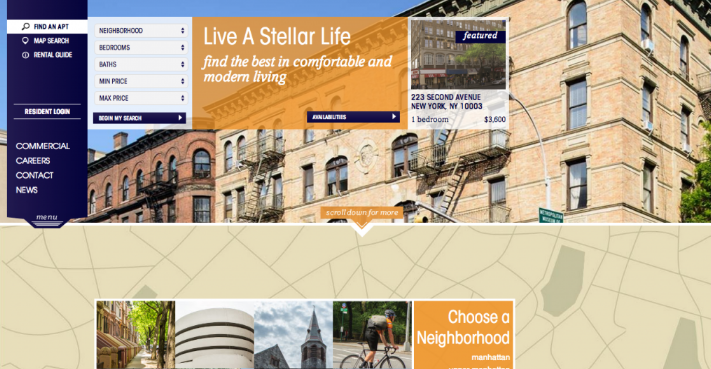Every (good) marketer knows that a new product needs a positioning statement. It defines a strategy for all subsequent marketing communications. The best positioning statements are seemingly simple, geared toward instant and effortless comprehension, but they also pack a lot of essential information. Finding the balance between brevity and informative content can be difficult, which is why we like to break down the positioning statement into five components.
A positioning statement needs to answer 5 questions about your offering.
- What Do You Sell?
- Who Is Your Target Customer?
- What Is The Customers Need?
- How Does Your Product Satisfy This Need?
- How Is Your Product Different From Others?
Example: Mountain Dew – To young, active soft drink consumers who have little time for sleep, Mountain Dew is the soft drink that gives you more energy than any other brand because it has the highest level of caffeine. With Mountain Dew, you can stay alert and keep going even when you haven’t been able to get a good night’s sleep.
-Kellog Marketing Faculty, Northwestern University
Always strive to be specific. In the example above, the author chose to specify a type of soft drink consumer as young and active. Although this limits the intended audience, it strengthens the communication and alerts the target consumer. Eliminating broad terms will invigorate your statement. You cannot be the ultimate driving machine AND the safest vehicle on the road. Pick a specific benefit and own it.
Answer these questions completely and succinctly, and you’ll have a positioning statement you can use to guide and drive your entire marketing plan.



